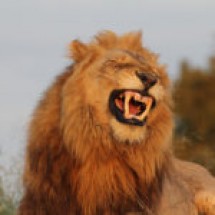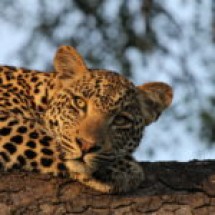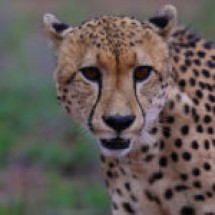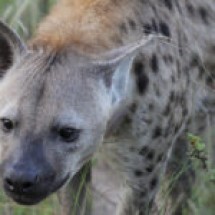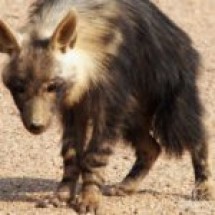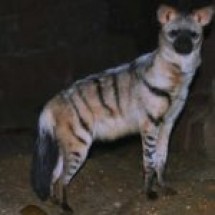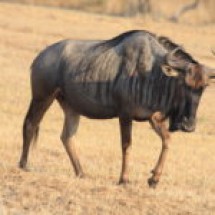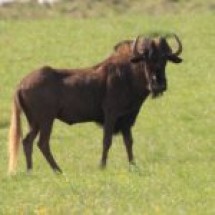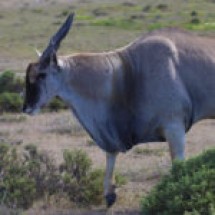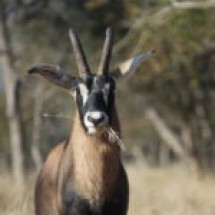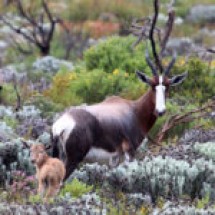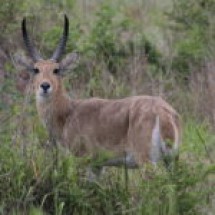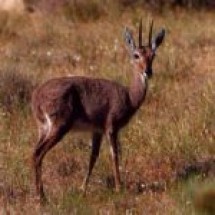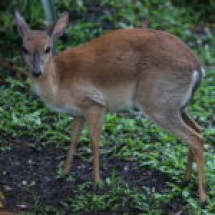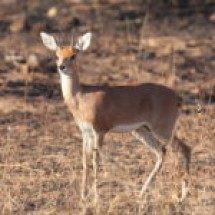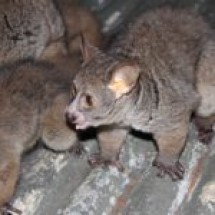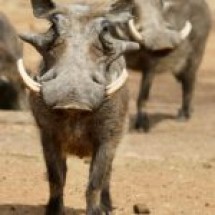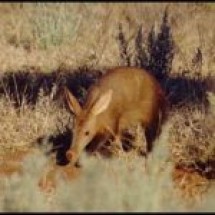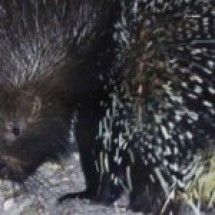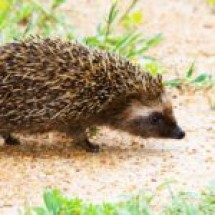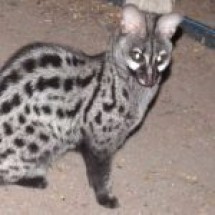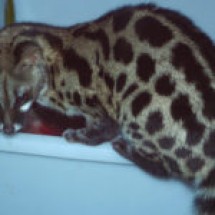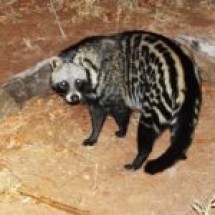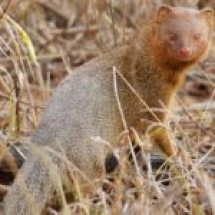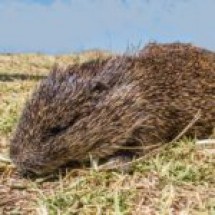

Reedbuck usually live in pairs or family parties, although temporary aggregations of 15 – 20 individuals are sometimes seen during the very dry months. They are almost entirely grazers. Veld fires often sound the death knell for this elegant antelope. Deprived of its natural camouflage, it often doesn’t have the ability to outrun its enemies, and is easily brought down by leopards, cheetah and wild dogs. A single calf, born at any time of year, is hidden by its mother for two to three months; she returns once a day to suckle it. Similarly to many other antelope, the calf re-hides itself after its mother has left to prevent scent-trailing by predators. The mother-calf bond breaks down when the mother is due to calve again, but if she loses the new calf, the bond may be re-established.
The Reedbuck is a graceful, whistling antelope of the grasslands, and particularly of the thickly grown patches of reed and vleis near rivers, which has earned them their name.
DISTRIBUTION
They are closely related to the mountain reedbuck, although the reedbuck prefers grassland to the mountainous habitat of its relative. Reedbuck tend to use fixed trails that lead to water, and always approach water very cautiously, the cows hanging back as sentries, while the males and young drink first. This natural caution is also apparent while they are resting: reedbuck don’t lie close together, but spread out, their faces turned cautiously outwards in the direction of any possible danger.
Its tawny coat acts as a perfect camouflage among the reeds and long grass, and its ability to ‘freeze’ when it senses danger often helps it escape the attentions of predators. The reedbuck flatten their ears to minimise their profile especially when their habitat has been burnt and therefore have very little vegetative cover. Once discovered, however, they jump up in alarm, uttering a loud, sharp whistle through their nostrils, and bound away with the same rocking horse motion used by the grey rhebok, showing the white underside of their tails.





